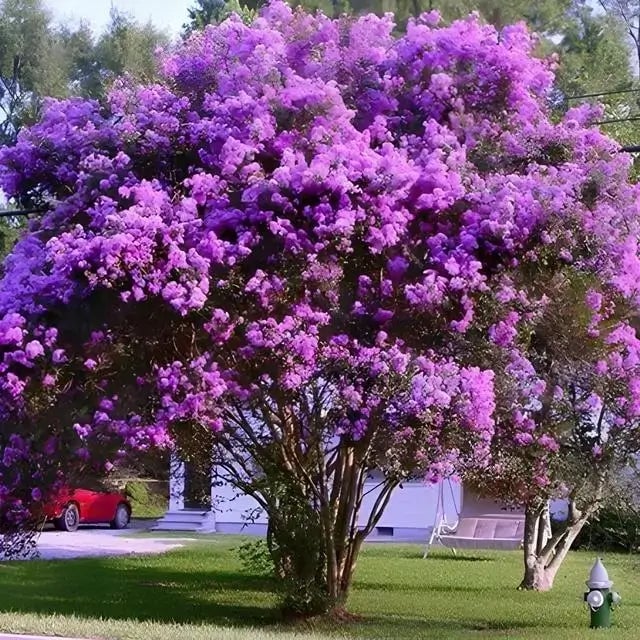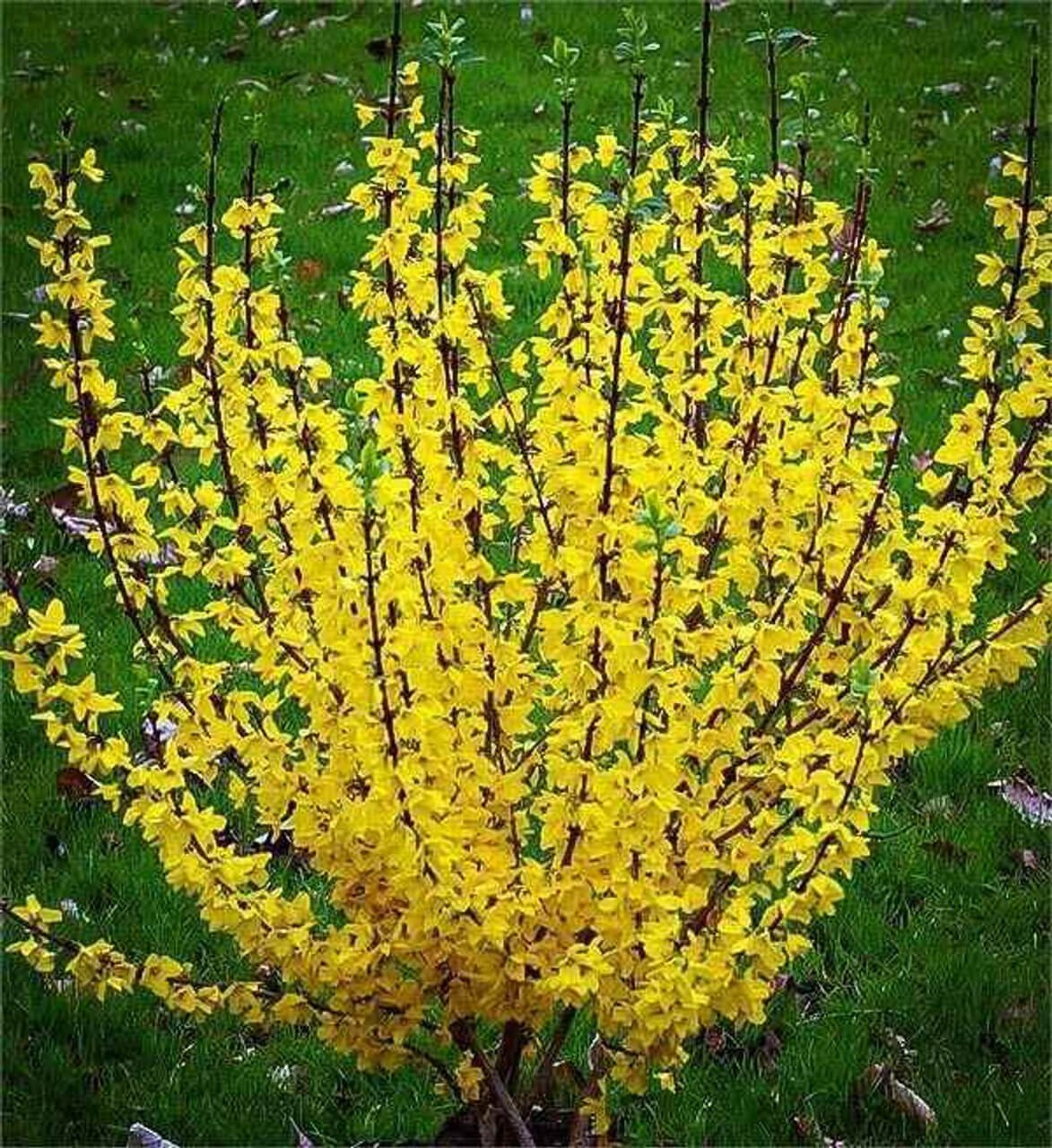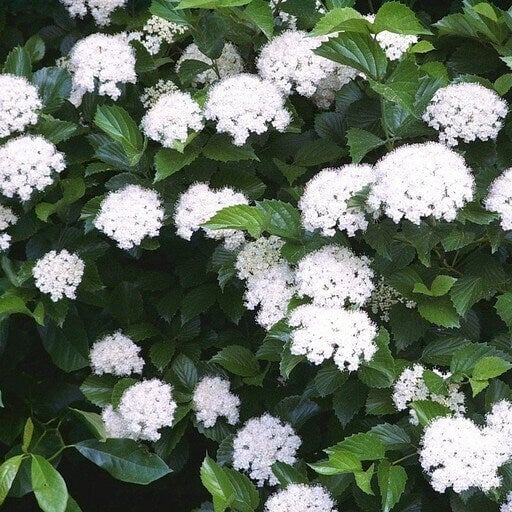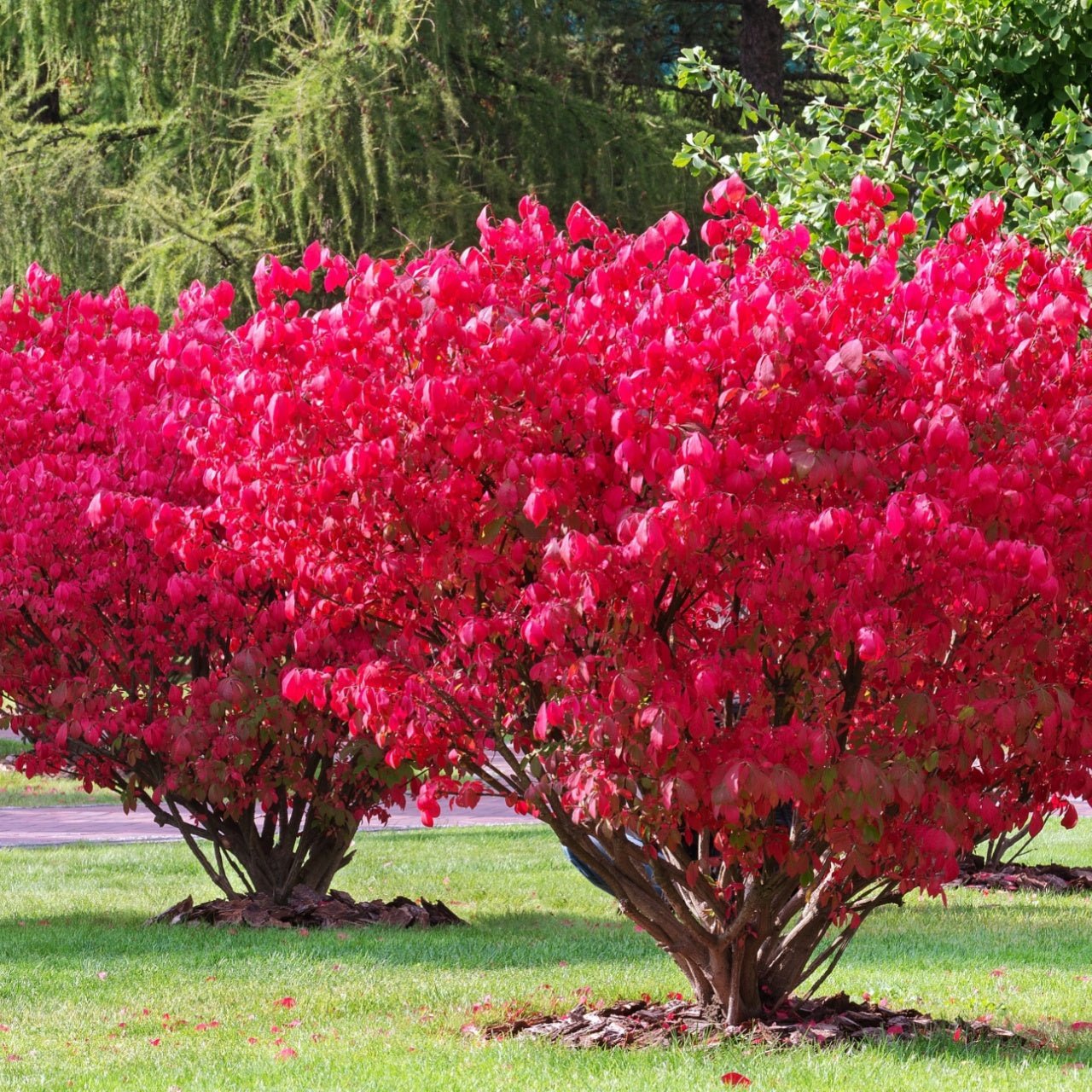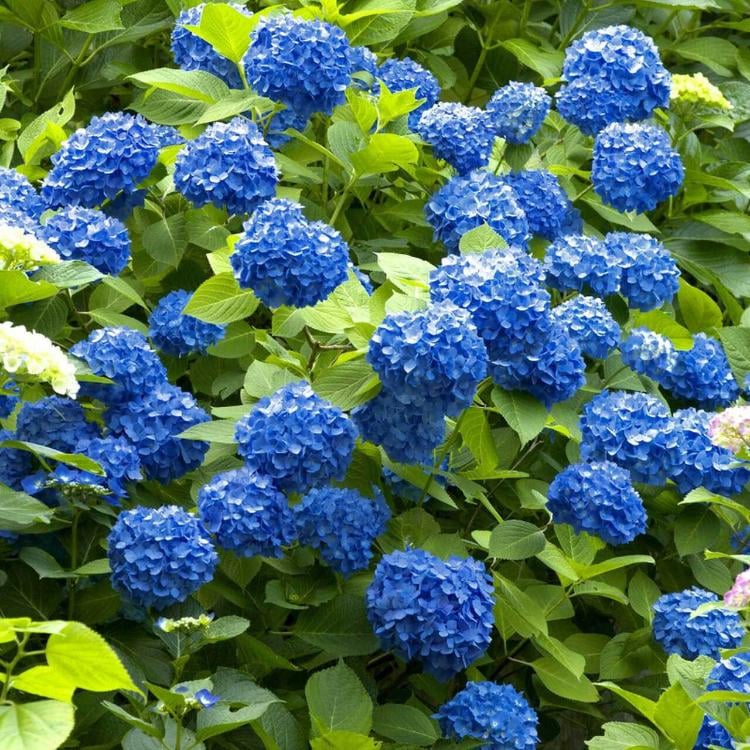Flowering Shrubs For A Burst of Color
A garden with vibrant colors can be pretty dull, and to make it bright and cheerful, you can grow many flowering plants and perennials. Lots of colors during the spring and summer seasons can add to the scenic beauty of any garden.
Gardening is all about being artistic and playing with different colors. It is pretty similar to painting, where you use your imagination, creativity, and favorite colors to paint a colorful picture.
You can use many flowering shrubs and bushes to create a ‘picture-perfect garden. These flowering shrubs bear colorful flowers in the blooming season. They are very diverse plants, and they can be used in any landscape to add colors.
Some easy to grow flowering shrubs that you can plant for their beautiful colors are:
These are possibly the most extensively used shrubs for landscaping purposes. There are many varieties of Crape Myrtle, but the common ones include Pink, Red, White, and Lavender Crape Myrtle. These are very adaptable plants, and they can easily be found in parks, parking lots, roadsides, and home gardens. The flowers are very bright, and a shrub is an excellent option for any garden design.
This is another deciduous shrub that produces bright yellow-colored flowers during the spring season. The flowers are very bright and dense. The heavy flower-laden branches can transform any landscape.
This shrub produces white or pinkish-colored dainty flowers that have a pleasing scent. It is a low-growing bush as compared to other flowering shrubs. Viburnum can be used as a hedge plant in the garden.
Burning Bush is known for its fiery red fall foliage. It is a fast-growing shrub that is very adaptable and drought tolerant. You can grow them as hedge plants or border plants in the garden. You can plant them anywhere, and they will stand out.
Hydrangea is another popular ornamental plant. Most cultivars bear very conspicuous white flowers, but some also produce pink or blue-colored blooms. The flowers cannot just transform your garden, but they can also be cut and used in flower arrangements indoors.
Rose of Sharon
This is a very showy flowering shrub that produces large pink-colored flowers. You can use it to create a beautiful accent in front of the house or the garden. This shrub attracts a lot of hummingbirds, bees, and butterflies.
You can also try growing other flowering shrubs that can brighten up even the dullest corners or areas in your garden. Azalea, Flowering Dogwoods, Weigela, Beauty Bush, Chokeberry, and Sheep Laurel are some wonderful flowering shrubs that can add a splash of bright colors to your garden.
Patterns and Layouts for Planting Flowering Shrubs
Planning gardens and landscapes requires flowering shrubs as fundamental components to provide structure and texture while adding color. Flowering shrubs stabilize garden beds while improving curb appeal and adding seasonal variation to outdoor areas. The pattern or layout is one of the most important considerations when planting flowering shrubs. Plant arrangement converts a basic shrub grouping into a harmonious and attractive design. This section outlines methods and considerations for designing patterns that achieve functional and artistic outcomes.
Initial consideration should be toward your preference between formal or informal garden designs. Symmetrical layouts alongside precise geometric shapes and precisely trimmed shrubs define formal gardens. When this concept attracts your interest, you should focus on clean lines and repeating shapes. You can make symmetrical designs by planting identical shrubs in mirrored rows along both sides of a pathway. The repeated elements establish both symmetry and unity in the garden design. An informal planting pattern creates a natural look through shrubs arranged in groupings that resemble natural formations. An informal planting pattern with organic shapes and gently curved lines will integrate effortlessly into your garden landscape.
Evaluate the dimensions and growth behavior of your selected shrubs. Combining high, medium, and short shrubs creates visually interesting layered effects. Start the border design with the tallest shrubs at the back and continue with smaller shrubs toward the front. The arrangement allows sufficient sunlight and airflow to reach each plant while keeping visible blooms at every layer. By staggering plant heights, gardeners create depth that gives the illusion of expanded space in small areas. The dimensional appeal of garden design increases by integrating contrasting shrub shapes, such as rounded bush varieties placed alongside upright vase-shaped plants. The visual impact of plant contrasts becomes particularly vivid when each plant reaches full bloom.
Designing patterns for flowering shrubs requires careful consideration of color as a key element. Use color-blocking by planting areas with matching blossom colors before transitioning subtly to diverse shades. A garden section could start with white and pale pink flowers, which transform into deeper pinks and reds as you move through the space and end with striking purple blooms at the outermost point. The method connects different color areas while creating an engaging visual journey. An alternative way to establish focal points involves strategic placement of color accents. To enhance a bed of pastel flowering shrubs, introduce an eye-catching red or bright yellow flowering shrub as a focal point. These standout pieces both capture visual attention and create unexpected elements.
The reliable method of repetition produces cohesive patterns with harmonious effects. Instead of using one unique type of shrub in your garden design, utilize multiple instances of select shrub varieties to create a coherent look. You can place plants at regular three-foot intervals along borders for uniformity or use variable spacing to create a relaxed appearance. , The whole design integrates seamlessly through repetition, avoiding creating a "patchwork" appearance. Maintain visual interest throughout the year by planting shrubs that bloom at different times from spring through fall.
When establishing planting patterns, it is essential to consider environmental elements like sunlight availability, soil characteristics, and wind patterns. The selection of flowering shrubs must align with the specific conditions at each planting site. When implementing symmetrical repetition in your design, ensure both mirror sides receive equal sunlight exposure and have similar soil drainage conditions. Plant vigor will not remain consistent across the area, and the design will lose balance over time if conditions differ. When you plant several shrubs together in one location, maintain spacing that matches their full-grown size. When planted too close together, shrubs develop fungal problems and poor airflow, creating uneven growth patterns that undermine the original design vision.
Gardeners who prefer dynamic designs should consider adding pathways or stepping stones within shrub groupings. The arrangement establishes a meandering pattern that promotes exploration and makes routine maintenance easier. Pathways function to guide visual attention and emphasize focal points regardless of their formal or informal layout style. Paths in symmetrical designs follow the central axis to maintain order, while informal gardens use curves to highlight their natural appearance.
Remember that your garden's visual experience changes as shrubs reach maturity. Newly established gardens often take time to get their complete patterned design visually. The early spacing between shrubs will develop into a full pattern as they mature, revealing the original design intent. If you create your garden design based on the eventual mature dimensions of the plants you select, you will avoid the challenge of moving shrubs that grow too large and dealing with packed plantings later on.
Planting flowering shrubs in patterns demands designers to find harmony between visual appeal and practical considerations while addressing each plant's specific requirements. The beauty of blooming shrubs can be showcased through careful planning, whether your preference is formal garden symmetry or cottage landscape curves. Your garden will thrive when you layer plants of varying heights and use repeated patterns alongside harmonious color combinations while considering environmental conditions. Well-designed patterns develop over time to deliver seasonal colors and textures while creating a garden that offers continuous enjoyment and exploration throughout the year.
Read more
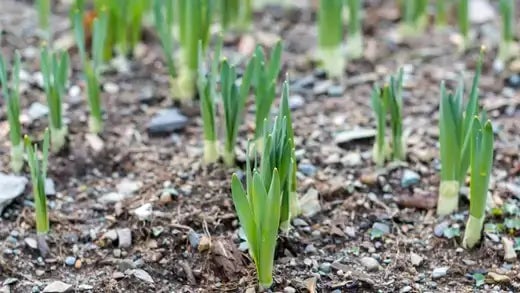
Choosing affordable plants to create a beautiful landscape is not only innovative. It's also a straightforward thing to do when you need to establish a garden for your home, says Dennis Sons of Tn ...

There are a few essential aspects of designing a patio. A patio design additionally consists of concerns like weed control, drainage system as well as the border of the patio. The correct drainage ...






